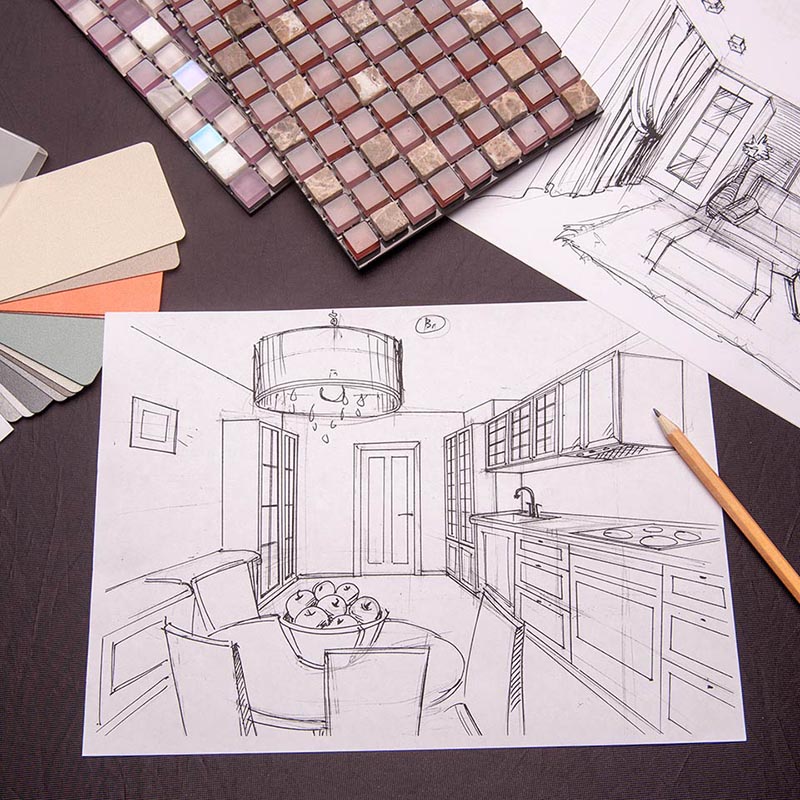Year 1: Foundation Year
Objective: Establish core design, creative, empathetic, and cognitive skills, fostering unlearning and conceptual thinking.
Semester 1
Rationale:
- Design thinking ensures early focus on empathy, aligning with user-centered design principles.
- Fine Arts Studio promotes creative exploration, addressing the user’s interest in unlearning.
- Core subjects mirror foundation programs at RISD and NID, building essential skills.
Semester 2
Rationale:
- Storytelling supports the user’s interest in writing, enhancing narrative design skills.
- Cognitive ergonomics introduces user-centered design early, as requested.
- AI-integrated tools legitimize student usage, guiding ethical application.
Year 2: Core Skills Development
Objective: Deepen technical and conceptual skills in communication design, integrating sociology and multidisciplinary perspectives.
Semester 3
Rationale:
- Sociology and Copywriting enhance cultural sensitivity and communication, preparing students for diverse sectors.
- Core design subjects align with Parsons and NID, ensuring technical proficiency.
Semester 4
Rationale:
- Cognitive ergonomics deepens user-friendly design, addressing user’s request.
- Electives allow early specialization, with feasibility ensured by minimum enrollment.
Year 3: Industry Mediator/ Industry Orientation
Objective: Apply advanced skills in real-world contexts, integrating AI and industry exposure.
Semester 5
Rationale:
- AI Tools for Design addresses user’s emphasis on AI developments, ensuring future-readiness.
- Internship provides practical exposure, as at RISD.
Semester 6
Rationale:
- Sustainable Design elective addresses environmental trends.
- Industry Project mirrors NID’s live project approach.
Year 4: Specialization & Portfolio Development
Objective: Encourage specialization, professional practice, and portfolio preparation.
Semester 7
Rationale:
- Electives like AR-VR Design align with emerging technologies.
- Portfolio Development ensures job readiness, as at NID.
Semester 8
Rationale:
- Graduation Project applies all skills, similar to RISD’s senior thesis.
- Social Impact aligns with ethical design trends.
Electives and Feasibility
Students choose electives to tailor their education, with feasibility ensured by:
- Core Electives: Regularly offered (e.g., Sustainable Design, AI in Design).
- Rotating Electives: Niche topics (e.g., Game Design, AR-VR Design) based on enrollment.
- Online Partnerships: Collaborate with platforms like Coursera for specialized electives.
- Minimum Enrollment: 10 students required to run an elective, with pre-semester surveys.
Elective Options:
| Elective |
Description |
Year Offered |
| Advanced Photography |
In-depth photographic techniques |
2, 3 |
| Illustration |
Digital and traditional illustration |
2, 3 |
| Animation |
Advanced animation for media |
2, 3 |
| Data Visualization |
Visual representation of data |
3, 4 |
| Game Design |
Interactive storytelling and gaming |
3, 4 |
| Sustainable Design |
Eco-friendly design practices |
3, 4 |
| Advanced Typography |
Complex type design projects |
3, 4 |
| AR-VR Design |
Immersive technology design |
3, 4 |
| Cognitive Ergonomics Advanced |
In-depth cognitive design analysis |
3, 4 |
Sector-Specific Preparation
Projects align with career paths:
- Government: Public campaign designs (e.g., health awareness).
- Corporate: Branding and digital content creation.
- NGOs: Social impact communication materials.
- Assignments: Evaluate technical and creative skills.
- Projects: Assess real-world application.
- Presentations: Develop pitching skills.
- Exams: Test theoretical knowledge.
- Portfolio Reviews: Ensure professional readiness.
- Cultural Relevance: Sociology and cultural projects ensure local resonance.
- Industry Collaboration: Partnerships with Indian firms and NGOs.
- Global Competitiveness: Exposure to international design standards.
| Aspect |
Strength |
Challenge |
| AI Integration |
Future-ready, addresses user’s concern |
Requires expert faculty |
| Cognitive Ergonomics |
Enhances user-centered design |
Faculty training needed |
| Fine Arts |
Fosters creativity |
Must balance with design focus |
| Electives |
Flexibility for students |
Enrollment feasibility |
| Multidisciplinary |
Prepares for diverse sectors |
Risk of curriculum overload |
